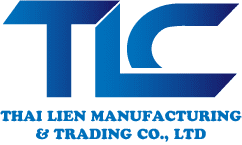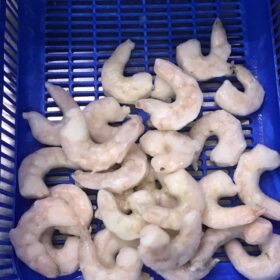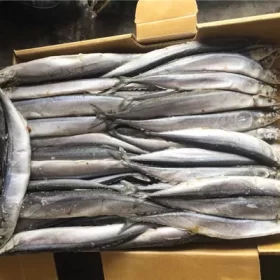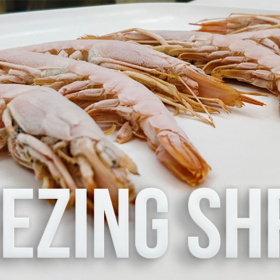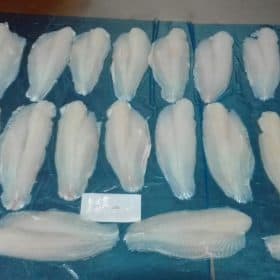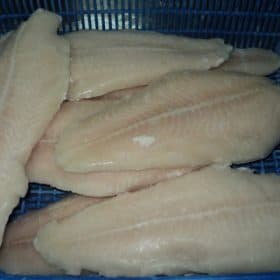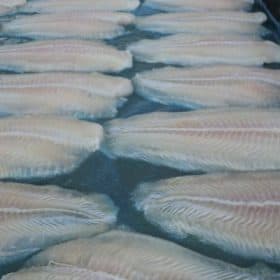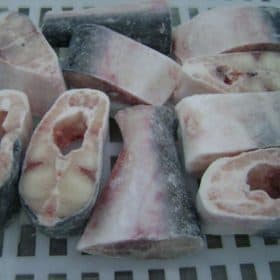The Process of Catching and Freezing Seafood in Vietnam
Vietnam is renowned for its abundant and diverse seafood resources. The process of catching and freezing seafood in Vietnam plays a crucial role in maintaining product quality and facilitating international exports. Below is an overview of the steps involved in catching and freezing seafood in Vietnam.
Step 1: Equipment and Vessel Preparation
- Before heading out to sea, the crew inspects and prepares the necessary equipment for catching seafood, including nets, cables, and other fishing tools.
- Ensuring the fishing vessel is inspected for safety compliance and is adequately fueled.
Step 2: Seafood Catching
- The fishing vessel follows predetermined routes at sea, utilizing methods such as trawl netting, handpicking, and seine netting to catch seafood.
- The caught seafood is separated, sorted, and preserved within the vessel’s refrigeration system.
Step 3: Initial Processing and Sorting
- The caught seafood is cleaned of debris such as sand, rocks, and seaweed.
- The products are categorized based on seafood type and size.
Step 4: Pre-Freezing Preparation
- The separated seafood undergoes pre-freezing preparations, including cleaning and shell removal (if necessary), as well as packaging.
Step 5: Seafood Freezing
- The seafood is placed in freezing compartments where significantly low temperatures facilitate rapid freezing.
- The freezing process is executed swiftly to minimize damage to the seafood’s quality.
Step 6: Packaging and Preservation
- The pre-frozen seafood is meticulously packaged to prevent exposure to air.
- Products are packaged in cartons or vacuum-sealed bags.
Step 7: Transportation
- Pre-frozen seafood is transported to export docks or processing plants.
- Transport conditions are controlled to ensure product quality remains unaffected.
Step 8: Receiving and Processing at Export Ports or Processing Plants
- The transported products undergo reevaluation upon arrival.
- At export docks or processing plants, quality checks, further processing (if required), and final processing may occur.
Step 9: Final Packaging and Export
- Post-final processing, seafood products undergo the final packaging phase.
- Seafood products are prepared for export, adhering to the transportation and import requirements of destination countries.
Step 10: Conclusion
- Exported seafood products are distributed to markets worldwide, offering consumers delightful experiences of taste and quality.
Conclusion: The process of catching and freezing seafood in Vietnam entails careful consideration, temperature control, and food safety management to ensure the products meet quality standards and can be successfully exported to international markets.
Frequently Asked Questions (FAQs)
1. What types of seafood are commonly caught and frozen in Vietnam?
- Vietnam is known for a wide variety of seafood, including shrimp, fish, squid, crab, and clams. These are often caught, processed, and frozen for both domestic consumption and international export.
2. How is the quality of seafood ensured during the freezing process?
- The rapid freezing process employed in Vietnam’s seafood industry helps preserve the texture, flavor, and nutritional value of the seafood. This technique minimizes ice crystal formation and maintains the product’s overall quality.
3. Are there any regulations in place to ensure sustainable seafood practices?
- Yes, Vietnam has regulations and policies aimed at promoting sustainable seafood practices. These include measures to prevent overfishing, protect endangered species, and promote responsible fishing methods.
4. What are the main challenges faced in the seafood freezing industry in Vietnam?
- Challenges include maintaining cold chain integrity during transportation, meeting strict international food safety standards, and ensuring proper storage facilities to prevent quality degradation.
5. How does the seafood freezing process contribute to the country’s economy?
- The seafood freezing industry is a significant contributor to Vietnam’s economy. It generates employment opportunities for thousands and contributes to the country’s export revenue, bolstering its economic growth.
6. Are there any specific seafood products that Vietnam is renowned for globally?
- Yes, Vietnamese shrimp and pangasius fish (also known as basa or catfish) are among the most recognized seafood products from Vietnam and are exported to many countries due to their high quality and competitive prices.
7. How does Vietnam ensure food safety standards for its exported seafood?
- Vietnam’s seafood industry adheres to stringent food safety and hygiene regulations. The government and relevant authorities conduct inspections, testing, and certification processes to ensure compliance with international standards.
8. What steps are taken to minimize the environmental impact of seafood catching and processing?
- Efforts are made to reduce bycatch, promote sustainable fishing practices, and implement waste management programs to minimize the environmental impact of seafood catching and processing.
9. How does technology play a role in improving seafood freezing processes in Vietnam?
- Modern freezing technologies, such as blast freezing and individual quick freezing (IQF), are employed to ensure that seafood products freeze quickly and uniformly, preserving their quality and extending their shelf life.
10. How can consumers identify and support sustainably sourced Vietnamese seafood products?
- Consumers can look for labels and certifications that indicate sustainable sourcing, such as the Marine Stewardship Council (MSC) certification, when purchasing Vietnamese seafood products. Supporting brands that prioritize sustainability encourages responsible fishing practices.
These frequently asked questions shed light on various aspects of the seafood catching and freezing industry in Vietnam, highlighting its significance, challenges, and efforts towards sustainability and quality.
